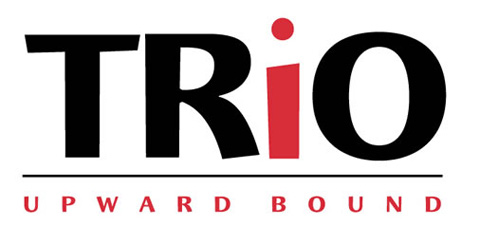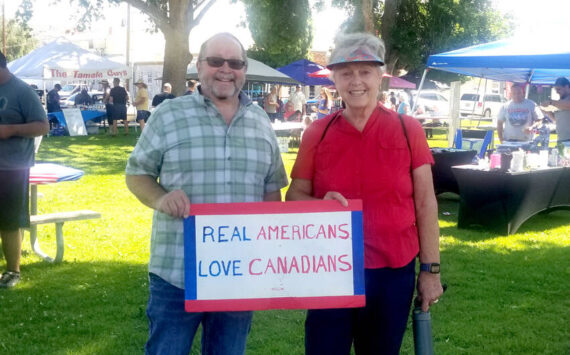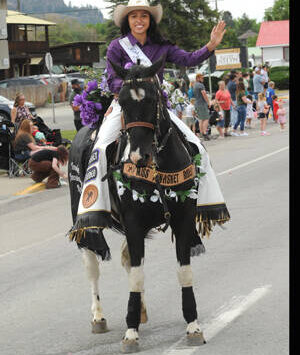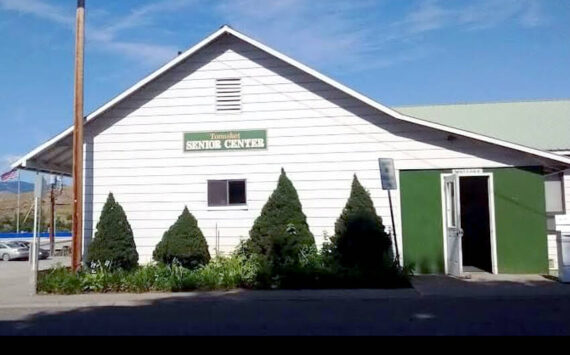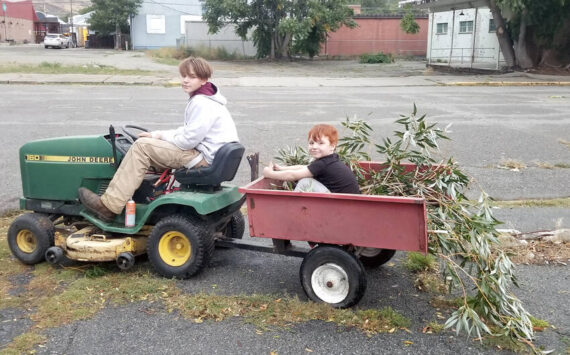TRIO works in Okanogan County
 OROVILLE – Okanogan County TRIO Upward Bound programs from Okanogan, Omak Tonasket and Oroville High schools have decided to ask the community to come join us at the Oroville Elementary School on Friday, March 22 from 5 p.m. to 7 p.m. for a couple hours of fun There will be an information booth to tell the community a little more about TRIO and Upward Bound, a bouncy house, an arts and crafts section, and games for families to enjoy.
OROVILLE – Okanogan County TRIO Upward Bound programs from Okanogan, Omak Tonasket and Oroville High schools have decided to ask the community to come join us at the Oroville Elementary School on Friday, March 22 from 5 p.m. to 7 p.m. for a couple hours of fun There will be an information booth to tell the community a little more about TRIO and Upward Bound, a bouncy house, an arts and crafts section, and games for families to enjoy.
On February 24, 1986, a congressional resolution (H. Con. Res. 278) declared “National TRIO Day” to commemorate the annual achievements of the Federal TRIO programs in communities across the country. National TRIO Day is a tradition that allows students who benefit from the TRIO Programs and to give back to their local communities through acts of service.
Students and graduates from Okanogan County TRIO Upward Bound participate in National TRIO Day of Service to express appreciation to the community for its support of the TRIO programs. For millions of students from low-income families who strive to be the first in their families to attend and graduate from college, seven federally funded programs called TRIO are making a world of difference.
According to high school junior Laura Escatel, TRIO Upward Bound Tonasket has been the best source of information and a much needed dedicated support system. “I’ve gained the self-confidence needed to be a leader of myself and to others. No longer do I hesitate to ask questions that are related to school or outside of school. I have set my mind for the preparations and the requirements to apply for financial aid, and scholarships for college,” said Escatel
Unlike student financial aid programs, which help students overcome financial barriers to higher education, the TRIO programs have been providing valuable supportive services to students from poor and working families to successfully enter college and graduate for over 50 years.
Okanogan County TRIO Upward Bound has been serving over 110 High School students continuously since 2004. Students receive personal and academic advising, college track curriculum workshops and seminars, Campus visits, career and educational field trips, grade monitoring and access to tutoring, support in college and scholarship applications and a six week summer program included college campus experiences, STEM learning and leadership and life skills.
As of 2019, more than 1,000 colleges, universities, and community agencies host more than 2,800 TRIO projects that serve approximately 820,000 young people and adults. Thirty-four percent (of TRIO students are White, 33 percent are African-American, 21 percent are Hispanic, four percent are Asian-American or Pacific Islander, percent are American Indian and one percent are listed as “other,” including multiracial students.
